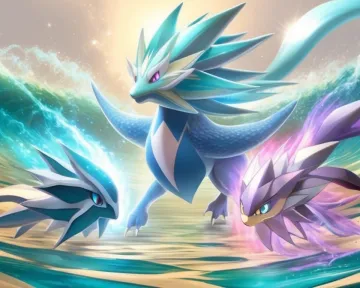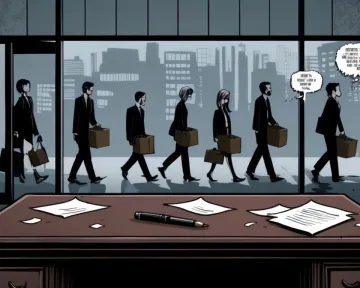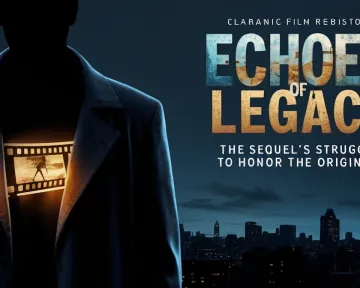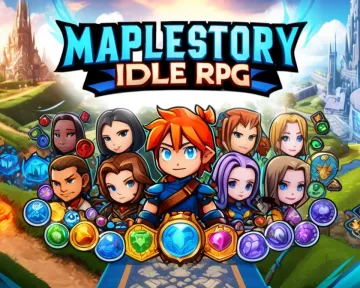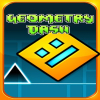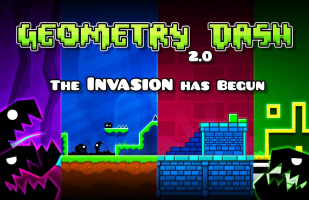
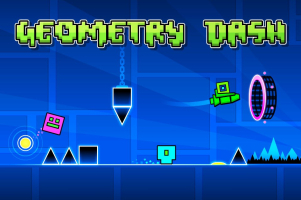
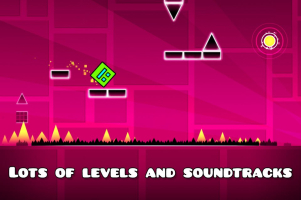
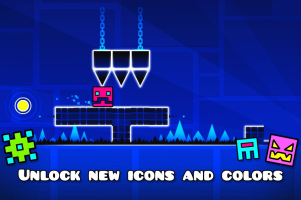
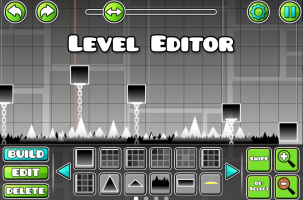
When it comes to mobile gaming, few titles have managed to capture the hearts and fingers of platforming aficionados like Geometry Dash. Crafted by developer Robert Topala in 2013, this rhythm-based platformer marries the simplicity of one-touch gameplay with the complexity of expertly designed levels that demand precision and timing.
Harmonious Hurdles and Melodic Mastery
At its core, it is a side-scrolling platformer. Players navigate a square-shaped avatar—which many in the community affectionately refer to as the "icon"—through a maze of geometric obstacles, all set to a pulsating soundtrack that not only adds to the game's ambiance but also cues the players on when to jump, fly, or dodge.
What makes Geometry Dash stand out is its ingenious amalgamation of music and gameplay. Each level is meticulously crafted to sync with a particular electronic track. The alignment of beats and in-game obstacles pushes players to get into a groove and react by instinct, creating a flow state that makes each attempt at a level both trance-like and intense. Players experience the game not just visually and mechanically but also sonically.
The game starts with relatively easy levels, which are anything but a walk in the park. As players progress, the levels become increasingly complicated, introducing new mechanics such as flipping gravity, rocket-propelled sequences, and portals that change the character's form.
One of Geometry Dash's standout features is its difficulty. The game does not have checkpoints; a single mistake sends the player back to the beginning of the level.
In the spirit of customization, Geometry Dash offers a level editor. This feature has given rise to a community of level designers who constantly challenge one another with new creations. Player-generated content has massively extended the game's shelf life and has fostered a collaborative community where tips, strategies, and designs are exchanged daily.
Another component that enriches the Geometry Dash experience is its visual art style. Bright, contrasting colors dominate the screen, with an aesthetic that is both minimalist and expressive. The geometric shapes and patterns give the levels a unique identity, while the fluid animations and transitions maintain a sense of momentum and progression.
Even the playground of Geometry Dash has been influenced by classic platformers and rhythm games. However, it carves out its own niche by combining these elements into a fresh and captivating formula. The perception of this game as a tough but fair challenge has helped to bolster its legacy within the gaming community.
Navigating through a Polygonal Playground: Room for Improvement
One notable aspect some players find frustrating is the high difficulty curve. The demanding nature of the game can cause newcomers to take a long time to learn, which is sometimes discouraging. In addition, the reliance on rhythmic timing means that any delay or technical hitch can upset the flow of the game and lead to potentially unfair setbacks.
Furthermore, while the game offers a creative level editor that has led to a plethora of user-generated content, navigating and distinguishing between quality levels can be daunting due to the sheer volume of contributions.
Engage, Evolve, and Enjoy: Player Perspectives on Geometry Dash
The conclusion of our dive into the world of Geometry Dash naturally brings us to the players themselves, whose impressions of the game have contributed to its long-standing popularity. User opinions often highlight the addictive quality of the game, born from the "just one more try" mentality that the challenging levels encourage. The sense of accomplishment from finally conquering a difficult stage is frequently cited as a key factor in why players love the experience.
While some users may express frustrations at the unforgiving nature of some levels and the occasional technical hiccups, the overall sentiment is overwhelmingly positive. Geometry Dash has undoubtedly left its mark, not only as a game that tests your reflexes and rhythmic coordination but as a platform for creativity and shared challenges within the community.
Pros
- Engaging and challenging gameplay;
- Captivating soundtrack that enhances the experience;
- An enormous variety of user-generated levels;
- A strong community of players and creators;
Cons
- The high difficulty of levels can sometimes be discouraging;
- Technical issues can interrupt the gameplay experience;
- The volume of user-generated content can be overwhelming to navigate;
- No robust system to filter out low-quality custom levels;


